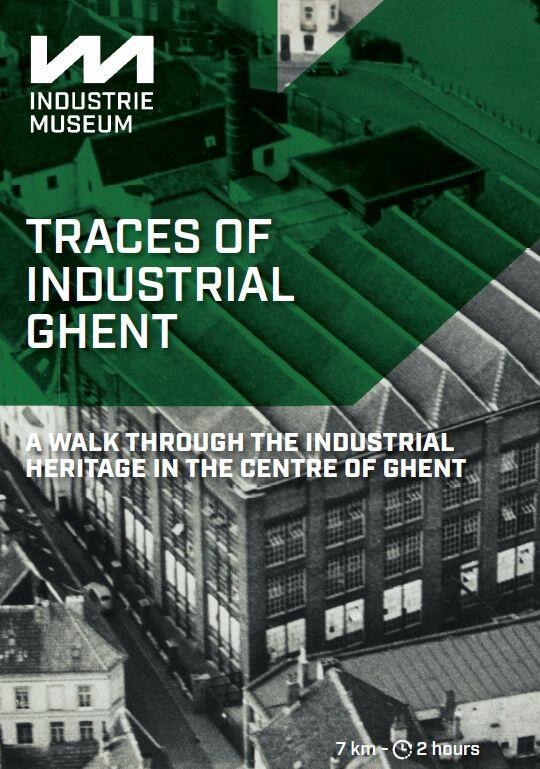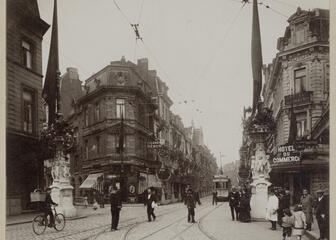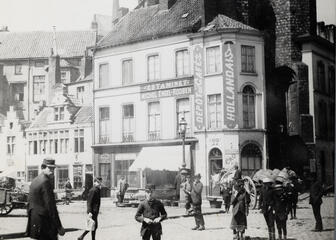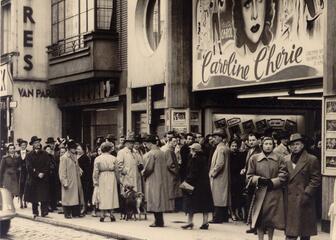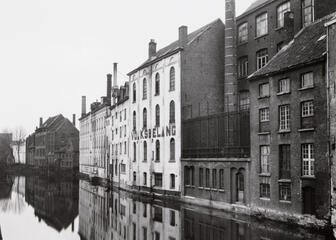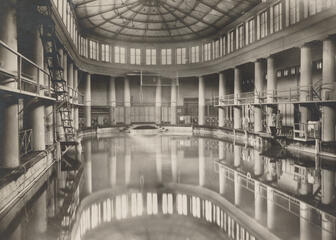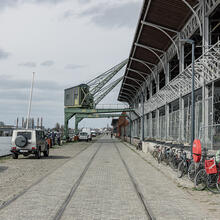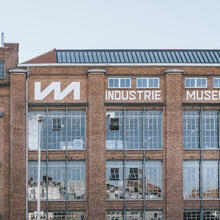
10,000 steps – 7 km
Ghent is known for its industrial past. At the end of the 19th century, Ghent developed into an overpopulated industrial city with 1,500 textile factories and 120,000 inhabitants. Factories and courtyards could be found all over the city.
The walk starts at the Museum of Industry, where less than half a century ago the infernal noise of textile machines resounded, and ends in Blekerijstraat, which is named after the many bleacheries that were located there in the 16th century.
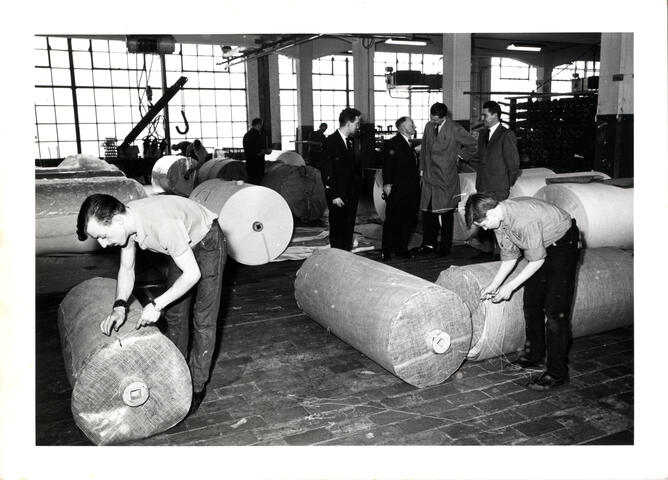
Explore Ghent’s industrial past on this walk and discover a wide range - no less than 25 - of heritage gems. Immerse yourself in the flourishing industrial city of the past while standing on Lieven Bauwensplein square, which was named after Lieven Bauwens, who brought the Mule Jenny spinning machine from England to Ghent. Visit Ghent’s largest cotton mill of that time, Loubergs, and discover the remnants of the working-class courtyards in Zonder-Naamstraat. Last but not least: you can quench your thirst at one of the many outdoor cafés on Graslei.
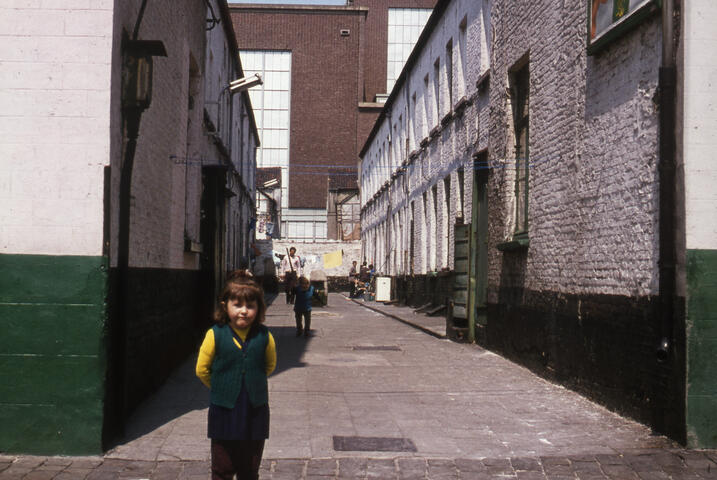
Traces of Industrial Ghent
A century ago, Ghent looked completely different from today. Ghent’s landscape was characterised by smoking chimneys, working-class courtyards and factory buildings. Explore Ghent’s industrial past on this walk (7km) and discover a wide range of heritage gems.
Available in 3 different languages: Dutch, French and English
This brochure is available free of charge in the tourist office and in the Museum of Industry.
